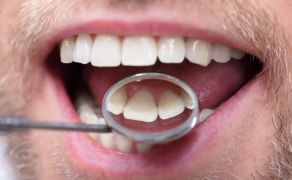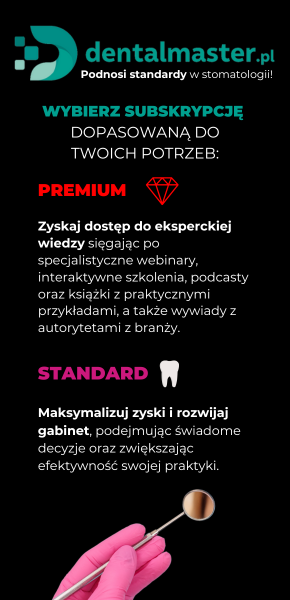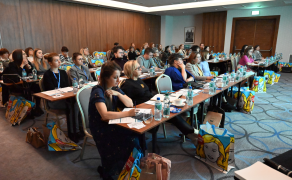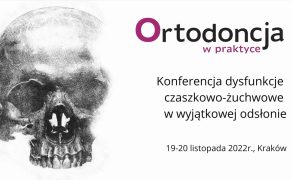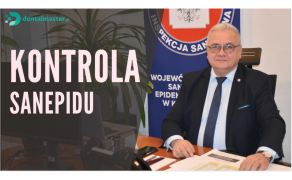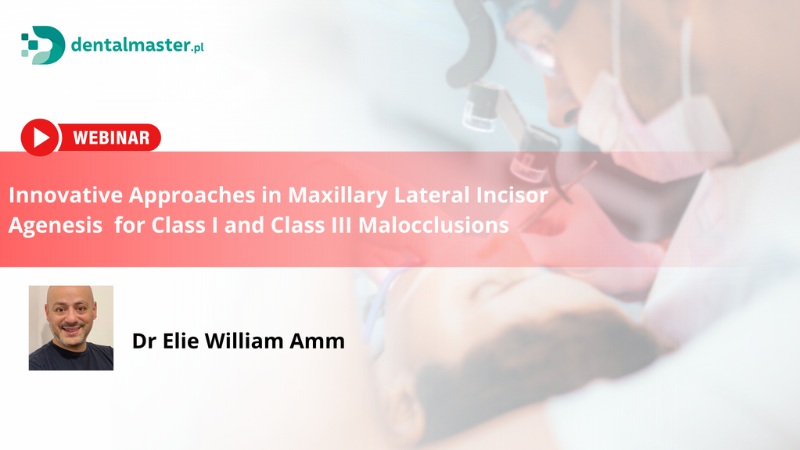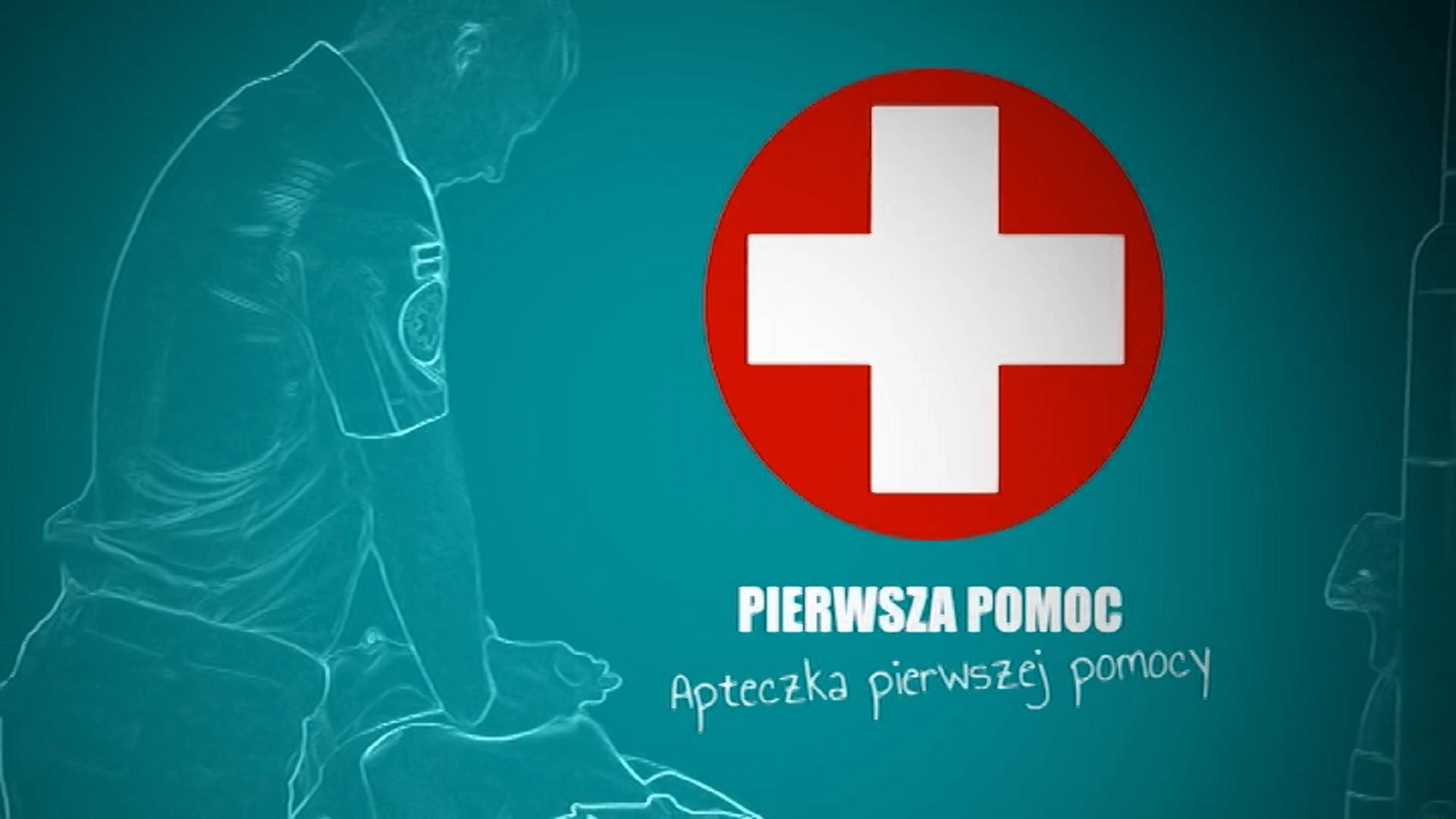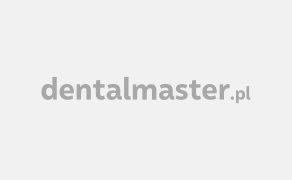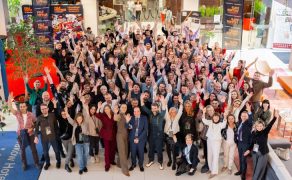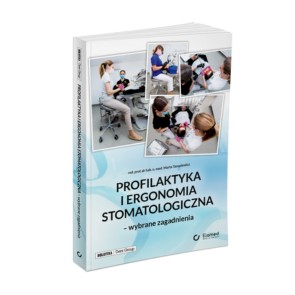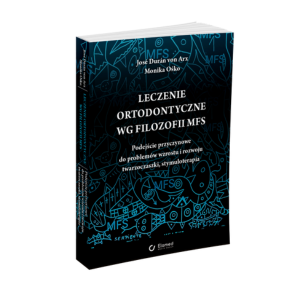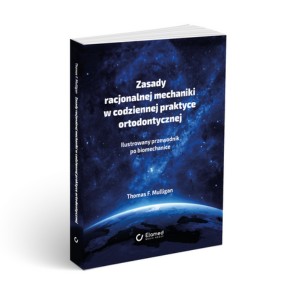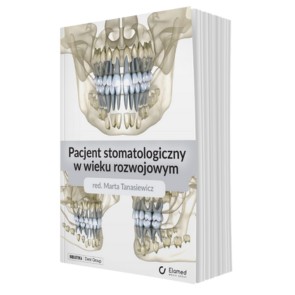Dobrze wykorzystaj to, co masz
The IPS e.max Press Value ingots exhibited the luminosity required in this case, and they would allow the desired translucent properties to be achieved in the incisal areas (figs 8-10). As mentioned, the waxed-up restorations were reproduced in ceramic (Value 2 ingot) using the familiar press technique. The pressed veneers were approx. 0.3 mm thick. Consequently, they were somewhat bulky in the marginal area in particular. As a result, these areas would have to be adjusted with silicon carbide burs after the restorations were placed. The plan was to characterize the veneers with a layering ceramic. Therefore, they had to be cut back slightly. The ultra-thin veneers were ground with utmost precision, since subsequent re-measuring is not recommended and can lead to flawed results. We cut back the restorations according to the markings we had made (fig. 11). These horizontal and vertical lines had been drawn on the contact surfaces of the restorations. Due to the high translucency of the ceramic, these lines were visible on the labial surfaces and served as a guide for the removal of the restorative material (figs 12 and 13).
The finished cut-back areas showed that very little space was available for the characterizations (figs 14 and 15). Merely the incisal and centre areas were individualized as a result (figs 16 and 17). The veneers were finished and then sent to the dental practice for placement. Since the restorations were ultra-thin, final polishing would be done [...]

którzy są subskrybentami naszego portalu.
i ciesz się dostępem do bazy merytorycznej wiedzy!



